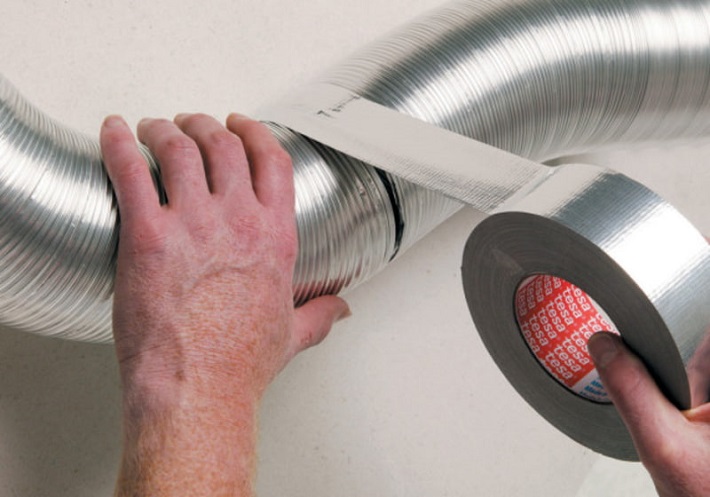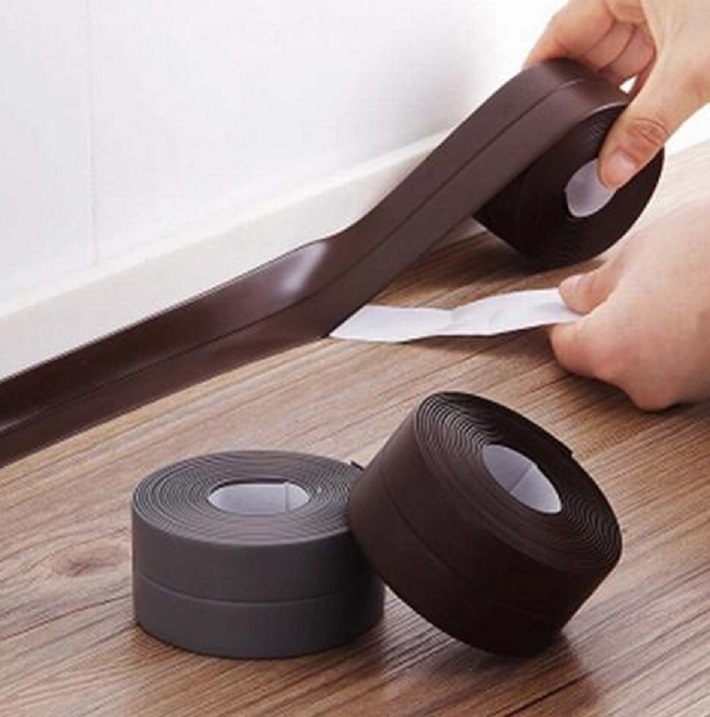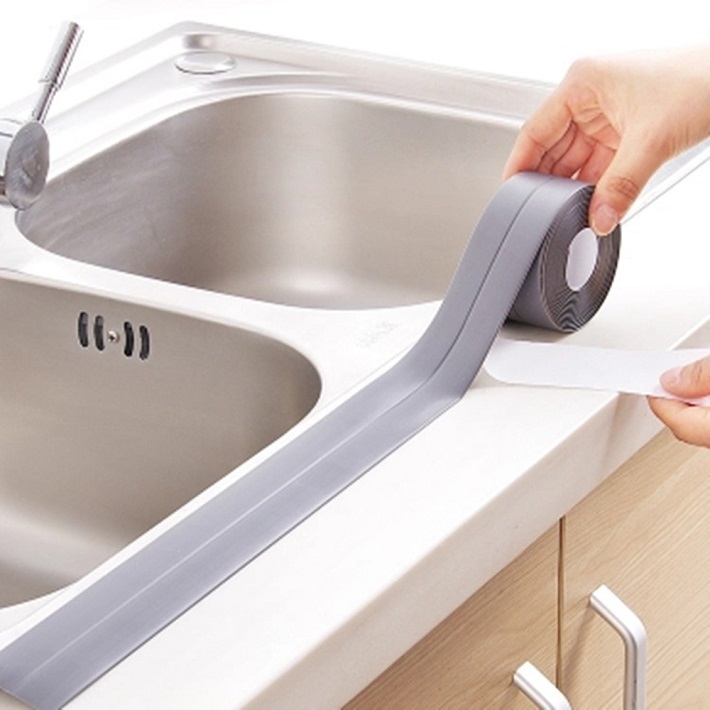Duct tape is one of the most versatile types of tape available on today’s market. It can be used for residential and commercial purposes, and it’s very affordable, making it the top choice for DIY-ers, handymen and construction workers alike. Duct tape relies on the soft polymer blend PSA (pressure-sensitive adhesive) for its inherent stickiness. This type of adhesive doesn’t use the same mechanics as structural adhesives like glue, which require the evaporation of solvents to make a chemical bond. Although the initial design of duct PVC tape was very simple and effective, people quickly saw the advantages of duct tape and came up with several different types that can be used for a wider range of purposes. The initial design was a strong fabric bonded to polyethylene film for waterproofing and sealing, and it featured a silver-gray coloring to match metal ductwork, plus a thick adhesive coating to seal the joints and make them completely airtight.

You’ll find general purpose duct tape which has a low fabric count, a low weight adhesive and a thin polyethylene film. These tapes are ideal for places where long service life isn’t a priority. On the other hand, industrial grade duct PVC tape that uses higher weight adhesive, a higher fabric count and better polyethylene. Industrial grade tapes have a long service life and can be used in a wide range of commercial applications. Lastly, there’s professional-grade duct PVC tape which is used by contractors and is the best performing type of duct tape since it has added adhesion, strength, and durability.
However, duct tape isn’t a fix-all solution. In fact, it has its own disadvantages, especially the standard-issue type. For instance, while it can be used for emergency leak repairs, prolonged exposure to water can peel away its adhesion. Further, hot surfaces of over 60°C can make the adhesive softer, and it will lose its strength and slip away. Similarly, cold surfaces can make the adhesive harden, completely diminishing its sticking power. Lastly, UV light can break down the adhesive bond of the tape, so if you need a tape that’s going to be exposed to a lot of UV light, get one that’s treated for UV protection.
That being said, in order to get the most out of duct tape, it’s important you use it properly and make sure it’s suitable for the application. In order for duct tape to achieve the best adhesion it can, the surface you stick it to needs to be clean, dry, oil- and dust-free. Avoid using it on corrugated cardboards, as they have porous surfaces that contain fibers on the surface that may break away and make the adhesive bond fail.
The best way to differentiate one type of duct tape from another is to obviously look at its specification sheet and look for three things in particular – adhesion value, tensile force, and shear force.

The adhesive value, as its name implies, represents how strong the adhesive on the tape is. Some tapes are meant to be removed after a few days, and they have a relatively low adhesion value of about 10 ounces an inch (adhesive value unit). Some tapes, however, are meant to be used on more difficult or even porous surfaces. In the first case, you’ll want a tape with adhesion level of about 40-60 ounces an inch, whereas in the second case you’ll want a tape that has more adhesive value than the internal strength of the porous surfaces (typically 70-100 ounces an inch).
The tensile force of the tape plays a huge role in determining the right tape for your project. It represents the elastic property. In other words, it represents how hard you can pull the adhesive from the surface before it breaks. If a tensile failure occurs, it’s most likely in the adhesive at the surface. That being said, testing the adhesion and the elastic character of the tape, and how much force it’s able to take will help you pick the right tape.

And lastly, the shear force of the tape, also known as holding power, is the best way to measure the internal strength of the tape, also known as cohesion. Most tape failures happen as a result of tensile and shear forces, so knowing which force can potentially impact the performance of the tape can be extremely helpful. If the outside force is large enough and is applied continuously to the tape, every tape under the sun will probably fail. That being said, it’s not a matter of “will it fail”, but “when will it fail”. For some tapes, it takes an hour, for some a month, for some a year, or more. If a tape isn’t specifically designed to withstand the elements and outside forces, it will eventually fail.
Getting the tensile force, shear force and adhesive value right will ensure you always have the right tape that will provide the best adhesion at all times. What started as a battlefield repair tool in WW2 has become one of the most poplar fix-all adhesive solutions helping countless professionals, DIY-ers and dads out of sticky situations.



